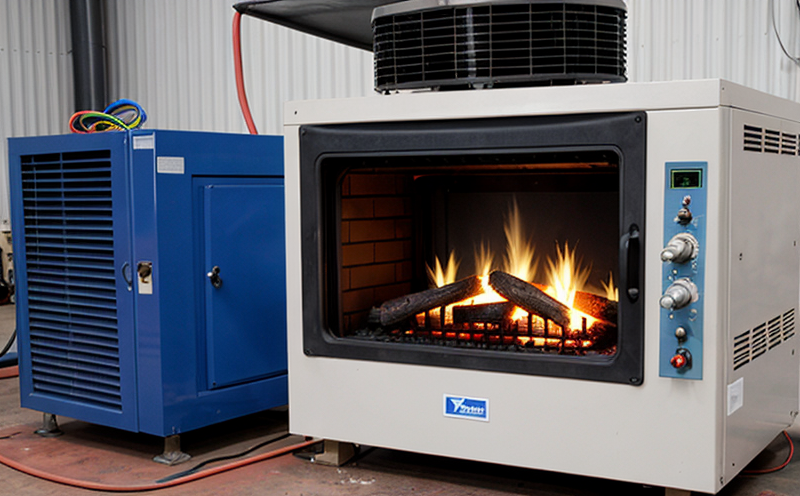IEC 60068 2 2 Dry Heat Thermal Testing of Luminaires
The IEC 60068-2-2 standard is a critical component in ensuring the robustness and durability of luminaires against environmental stressors. This test evaluates how luminaires withstand exposure to high temperatures, which can be particularly challenging for lighting systems operating in harsh environments such as industrial facilities or outdoor installations.
In this context, dry heat testing simulates conditions where a luminaire is exposed to elevated temperatures without the presence of humidity. The objective is to assess whether the luminaire maintains its performance and structural integrity under these extreme thermal conditions. This test is particularly relevant for luminaires that are subject to continuous or intermittent high-temperature exposure during their operational life.
The testing process involves placing a representative sample of the luminaire in a controlled environment where the temperature can be precisely regulated according to the specified criteria from the IEC standard. The temperature is gradually increased until it reaches the set point, and the luminaire remains exposed for an extended period under these conditions.
During this test, engineers monitor various parameters including the luminaire's electrical performance, optical properties, mechanical stability, and any signs of thermal degradation such as discoloration or material failure. The results provide critical insights into the luminaire's ability to withstand high-temperature environments without compromising its functionality.
| Environmental Parameters | Test Conditions |
|---|---|
| Temperature Range | 100°C to 200°C (or as specified by the standard) |
| Duration of Exposure | 48 hours at each temperature increment |
| Interval between Increments | 6 hours |
The test is not only crucial for ensuring the luminaire's longevity but also for compliance with international standards and regulations. By adhering to the IEC 60068-2-2 standard, manufacturers can demonstrate that their products meet rigorous quality assurance benchmarks.
- Ensures reliability in harsh environments
- Avoids premature failure due to thermal stress
- Promotes safety and reduces maintenance costs
The process of IEC 60068-2-2 testing is essential for quality managers, compliance officers, and R&D engineers involved in the design and production of luminaires. It provides a structured approach to assessing the thermal robustness of lighting systems, ensuring they meet stringent performance requirements.
Industry Applications
| Application Area | Environmental Conditions |
|---|---|
| Outdoor Lighting | Exposure to direct sunlight, high temperatures, and dust |
| Industrial Installations | Rigorous environmental conditions including heat and vibrations |
| Airports and Terminals | High ambient temperatures during peak operational hours |





